The Morocco - UK Power Project
The Xlinks Morocco-UK Power Project will be a new electricity generation facility entirely powered by solar and wind energy combined with a battery storage facility. Located in Morocco’s renewable energy rich region of Guelmim Oued Noun, it will be connected exclusively to Great Britain via 4000km (2485 miles) HVDC sub-sea cables.
This first of a kind project will generate 11.5GW of zero carbon electricity from the sun and wind to deliver 3.6GW of reliable energy for an average of 19+ hours a day. This is enough to provide low-cost, clean power to the equivalent of over 7 million British homes and once complete, the project will be capable of supplying 8 percent of Great Britain’s electricity needs.
Alongside the consistent output from its solar panels and wind turbines, an onsite 22.5GWh/5GW battery facility will provide sufficient storage to reliably deliver each and every day, a dedicated, near-constant source of flexible and predictable clean energy for Britain, designed to complement the renewable energy already generated across the UK.
When domestic renewable energy generation in the United Kingdom drops due to low winds and short periods of sun, the project will harvest the benefits of long hours of sun in Morocco alongside the consistency of its convection Trade Winds, to provide a firm but flexible source of zero-carbon electricity.
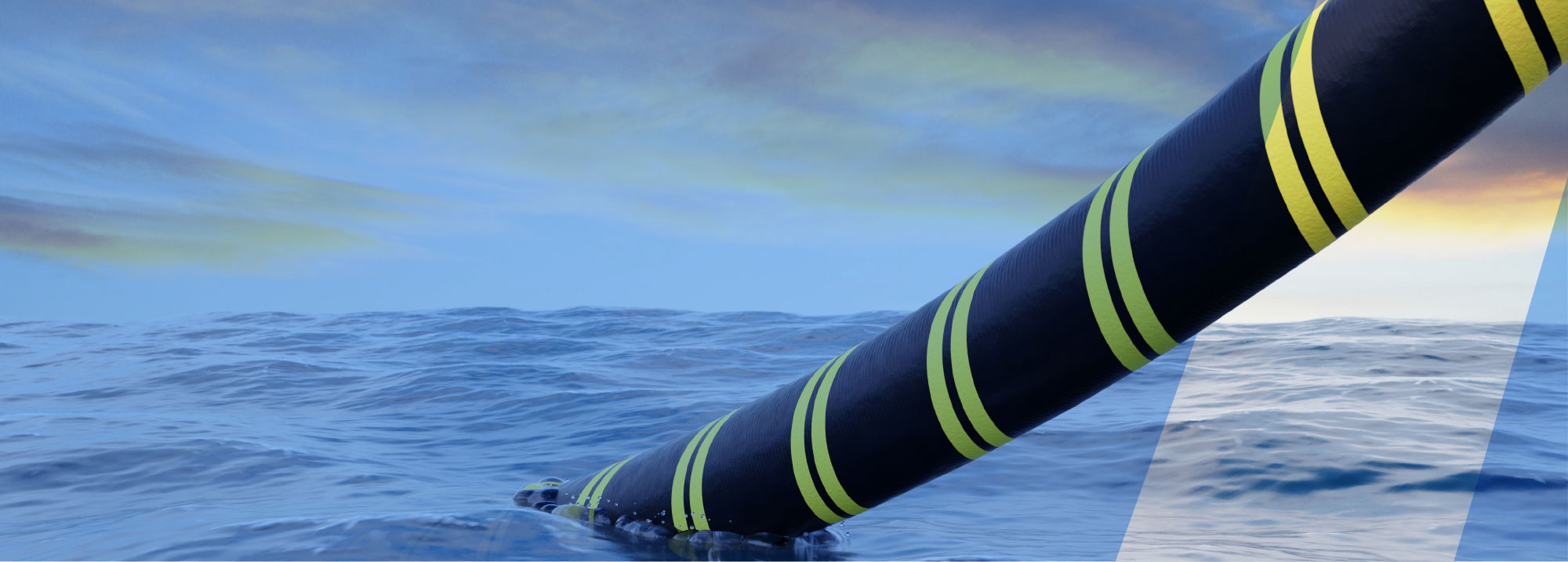
Connected to Great Britain by undersea cables
Four cables, each 4000km long, form the twin 1.8GW HVDC sub-sea cable systems that will follow the shallow water route from the Moroccan site to a grid location in Great Britain, passing Spain, Portugal, and France.
Agreement has been reached with National Grid for two 1.8GW connections in Devon. Voltage source convertor stations will enable the Xlinks project to secure high value balancing contracts with National Grid, and a HVDC Technical Feasibility study has been completed to validate reliability and cost.

GENERATING
- 11.5GW clean power from large scale solar & wind facilities in Morocco
- High wind and solar intensity providing ultra-low cost zero-carbon electricity
- Coupled with 22.5GWh/5GW battery storage
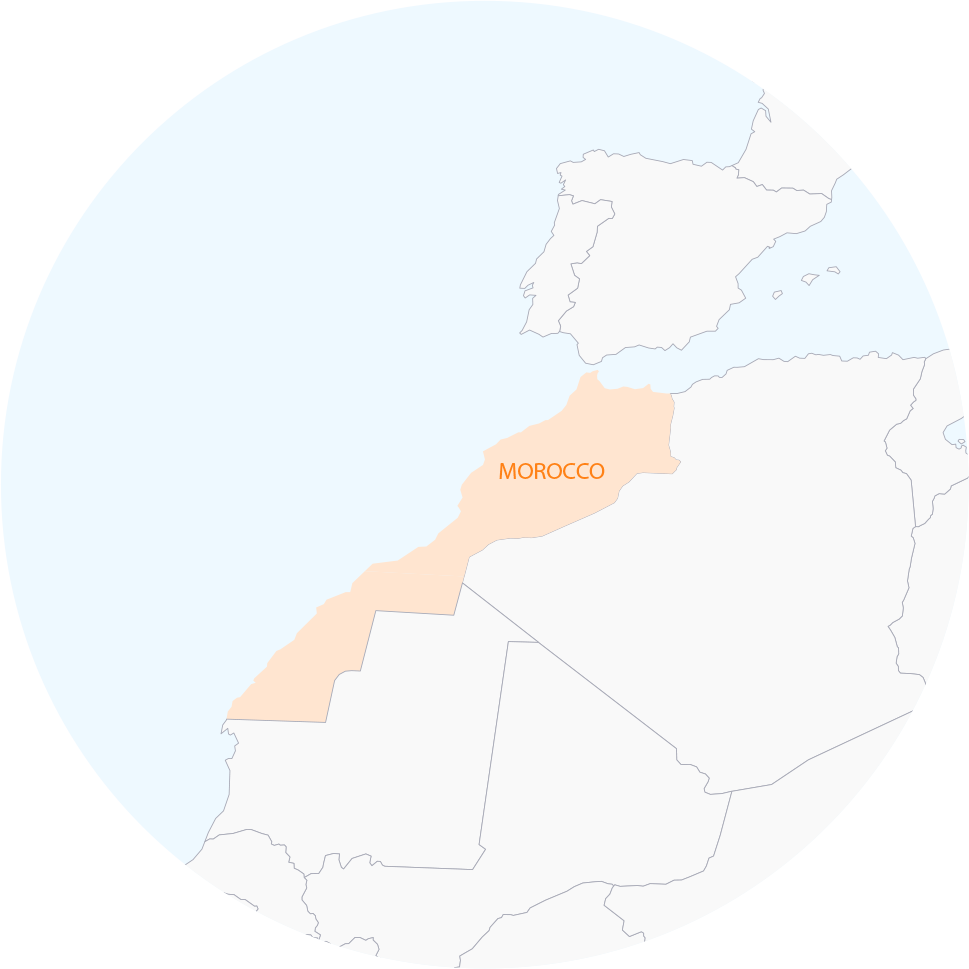

CONNECTING
- Proven HVDC interconnector technology on a 4000km route under the seabed
- A dedicated source of renewable energy, exclusively to power the UK
- Securing Britain’s energy supply by diversifying from EU interconnectors and LNG dependence, and biomass from North America
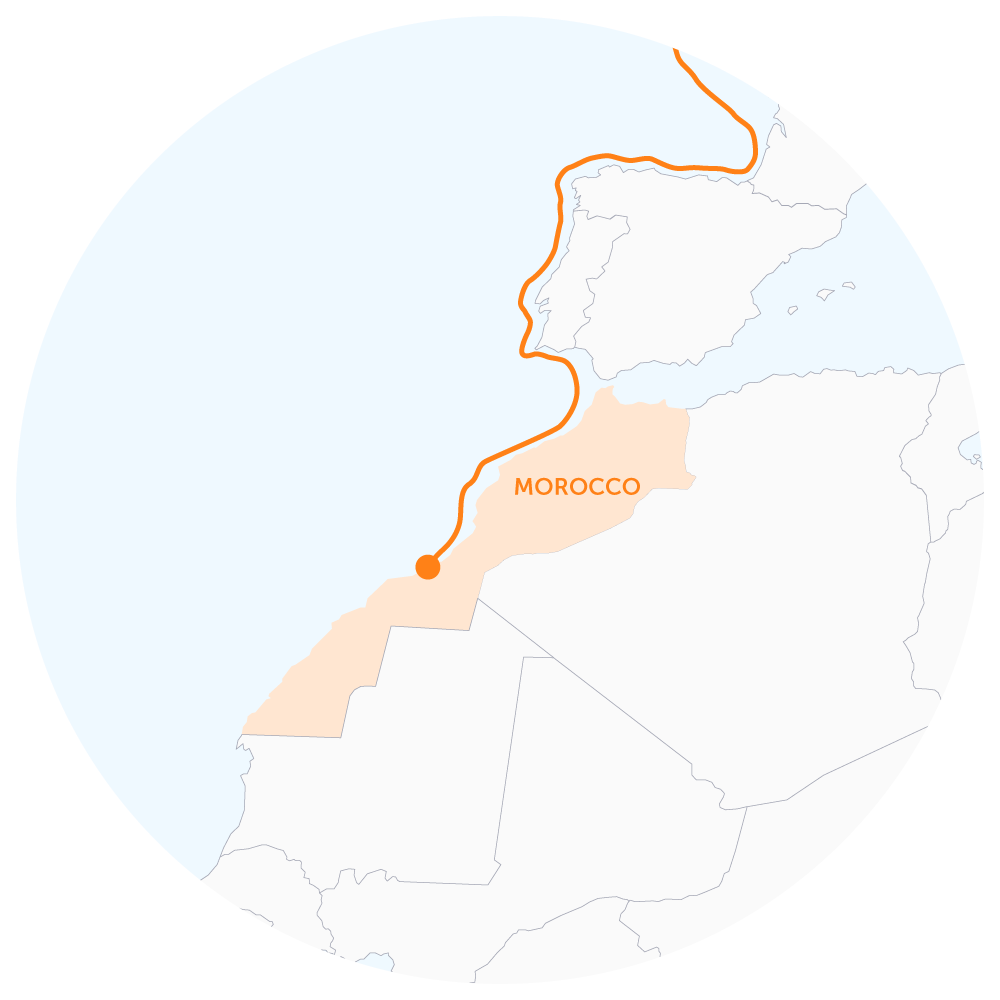

TRANSMITTING
- Agreement secured with National Grid for two 1.8GW connectors in Devon
- Powering equivalent of over 7 million homes and once complete supplying 8% of Great Britain’s electricity needs
- Delivering 3.6GW for an average of 19+ hours a day providing firm and flexible energy
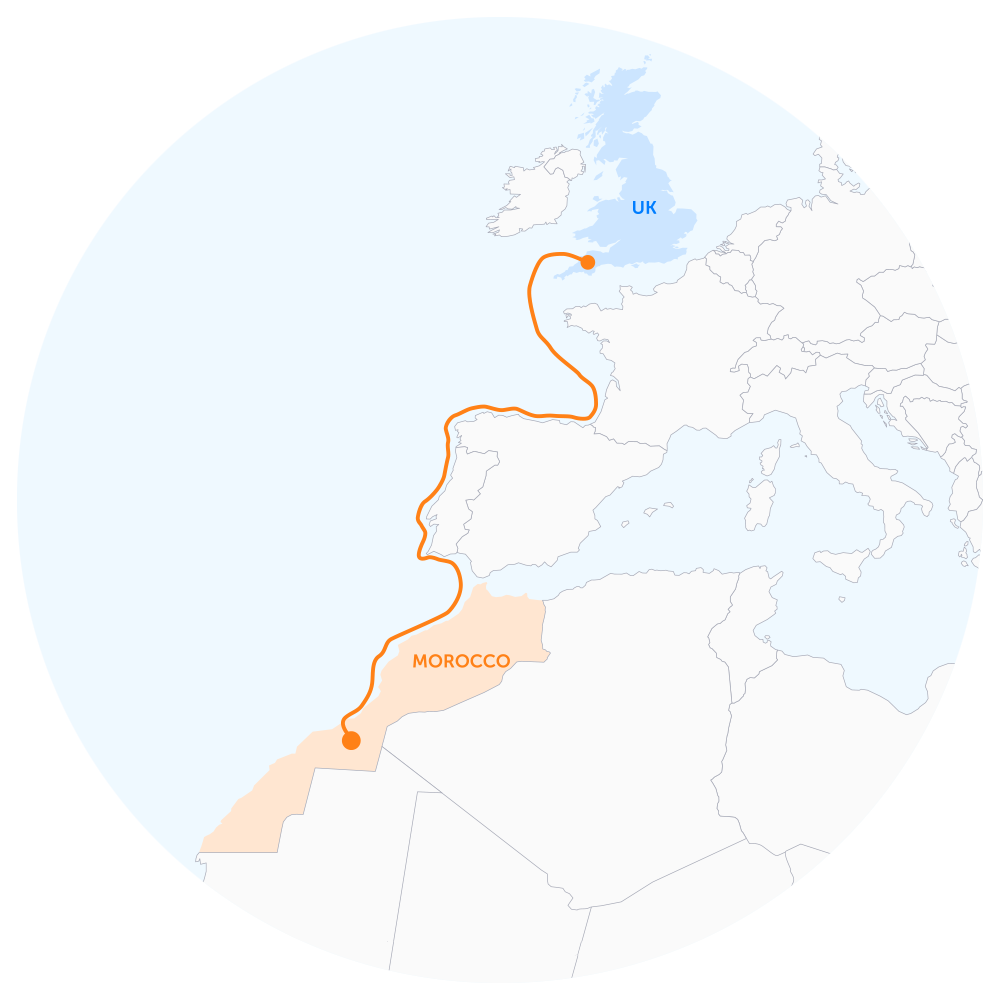

CREATING
- Nationally significant action in line with the principles of the Devon Climate Declaration
- A manufacturing, export-led, industry that meets rapidly growing global demand for HVDC cable for a net zero world
- 1,350 new permanent green jobs in the UK from 2024 and thousands more jobs in the supply chain
- Over 10,000 jobs in Morocco and contributing to their renewables industrial ambition
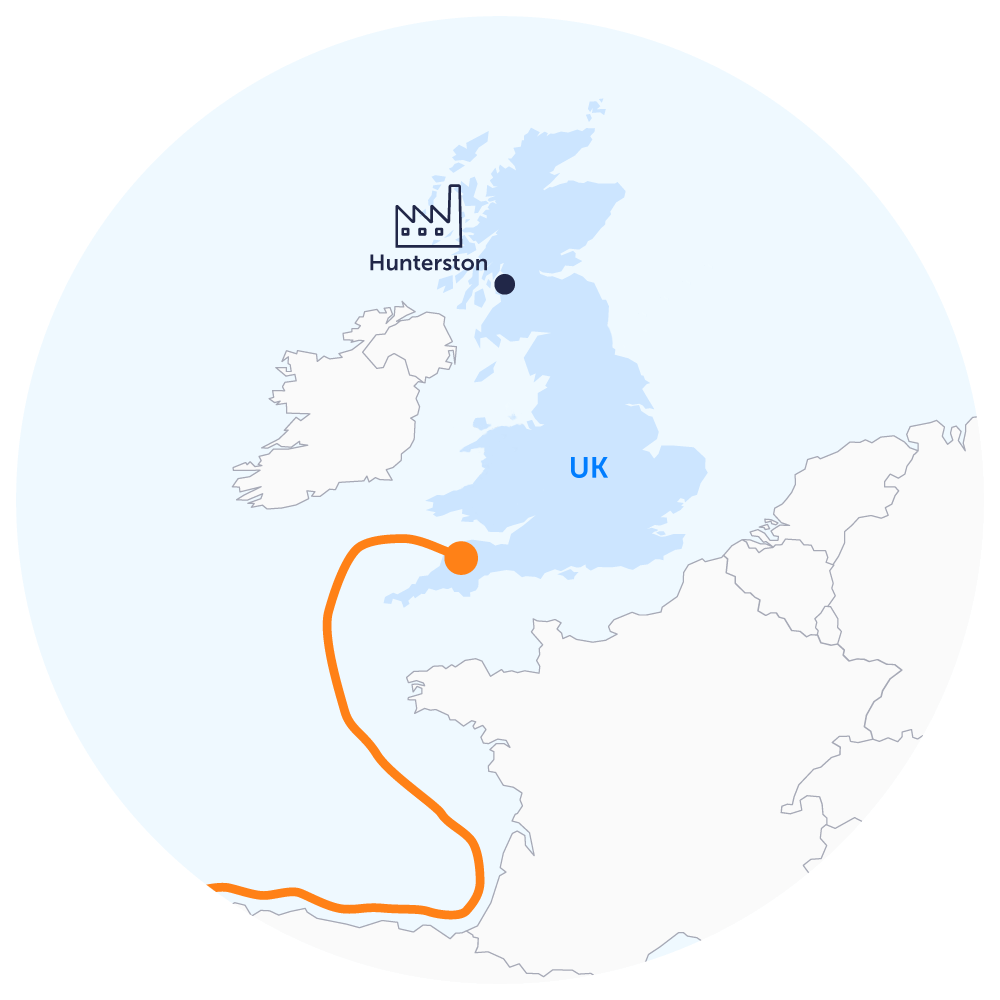
Why Morocco?
Morocco has become, over the last 10 years, an international leader in the renewable energy. The country has been a forerunner in the development of large, innovative renewable energy projects worldwide, such as the Noor Ouarzazate Complex, which hold the largest concentrated solar power (CSP) project globally, or its wind integrated program. Furthermore, the country has set up a solid legal framework to foster investments in the renewable energy field.
Most importantly, Morocco benefits from ideal solar and wind resources, required to develop renewable projects that could guarantee suitable power production throughout the year. It has the third highest Global Horizontal Irradiance (GHI) in North Africa, which is 20% greater than Spain’s GHI and over twice that of the UK. Furthermore, the shortest winter day still offers more than 10 hours of sunlight. This helps in providing production profiles that address the needs of the UK power market, especially during periods of low offshore wind production.
This project will benefit from the well-established Moroccan renewable energy expertise whilst supporting its leading role globally in the fight against climate change and providing further value to its natural resources and reinforcing its renewable energy industry. The project is also consistent with the country’s energy export strategy, which is why it is at the heart of this project.
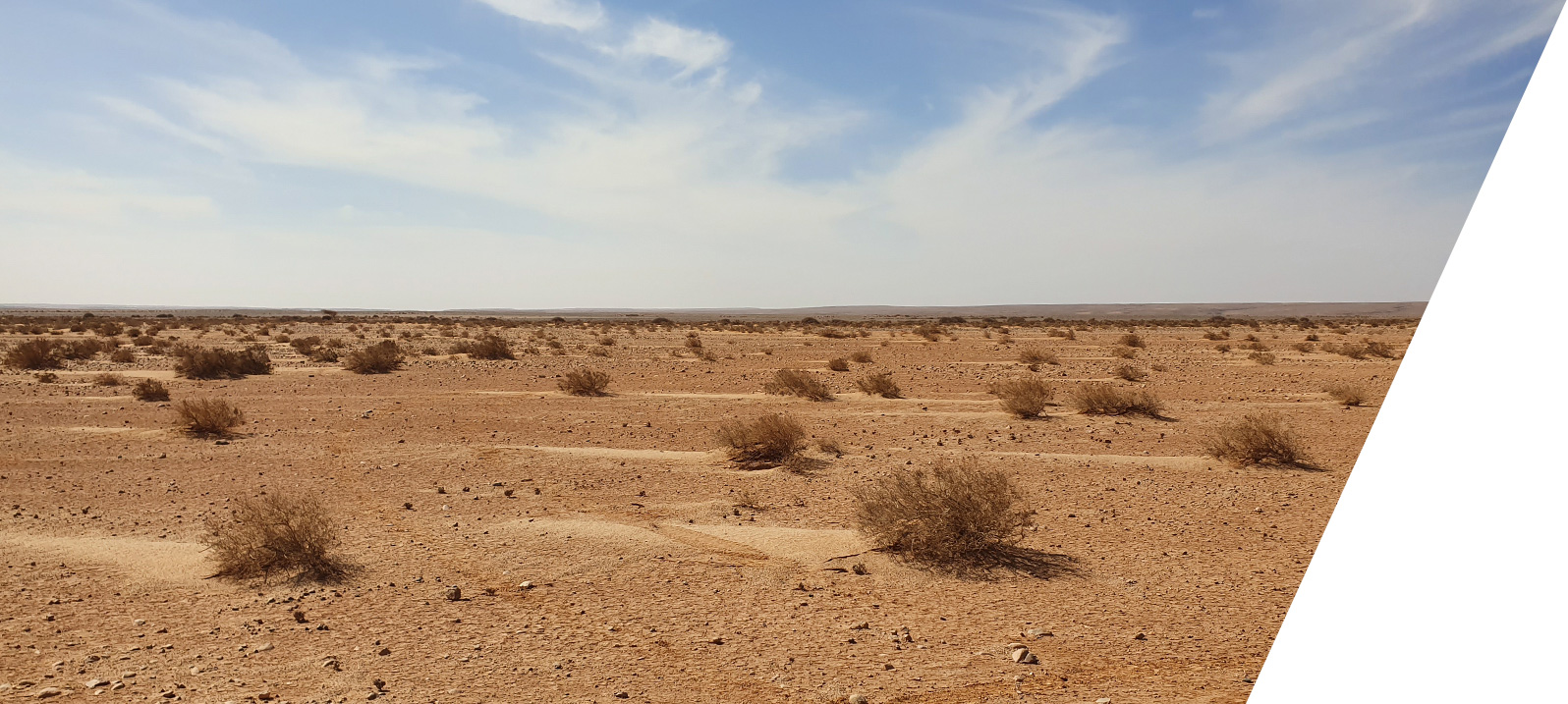
Why Great Britain?
The UK is also demonstrably actioning its commitment to the global ambition of achieving net zero emissions by 2050, both leading in the rapid decarbonization of its own economy, and by corralling international action to fulfil the Paris Climate Agreement. In 2019, zero carbon power sources in the United Kingdom outstripped fossil fuel power generation for the first time since the industrial revolution and by 2025, National Grid ESO will have transformed the way the electricity system operates to enable fossil fuel free periods. But to reach a fully decarbonized power sector by 2035, the UK must transform Great Britain’s energy system at pace, while ensuring it remains reliable and affordable for industry and households. Only then can its other carbon intensive sectors, such as transport and heating, decarbonize fast enough to achieve a net zero economy by 2050.
Offshore wind is core to a greener grid, but with wind generation comes a level of instability and system vulnerability. Output can vary greatly from week to week. Historical analysis (Thornton et al., 2017) matching UK wind supply with electricity demand underscores the fact that highest wind generation supply occurs during weakest electricity demand and vice versa. Periods of low generation can coincide with peaks in demand leading to price spikes. Similarly, peaks in generation at night create pressure on the transmission network.
Interconnectors facilitate the efficient cross-border trading of electricity. However, it is not clear that generation connected to our neighbours’ electricity networks will be available to British consumers at an affordable price when required. Remote generation and interconnection between distant geographic regions with inversely correlated weather systems will be more effective at addressing imbalances of supply and demand over longer time periods.

The Technology
Generation
The Morocco – UK Power Project will be powered by a wind and solar farm within Morocco’s Guelmim Oued Noun region. The wind farm will utilise the reliable Trade Winds in the region, which are driven by the temperature differential between the Atlantic Ocean and African continent. The windspeed at the generation site increases throughout the late afternoon and evening, ensuring power can be delivered to Britain during times of peak demand.
The solar photovoltaic (PV) farm will track the sun from east to west throughout the day. This will not only maximise the output of the solar farm, but it will also increase the output early in the morning and late in the afternoon, providing the most consistent generation profile to Britain. Although the project will benefit from the most advanced solar panel designs, they will work in the same way as the ones installed on people’s houses, throughout the UK, and existing generation sites within Morocco. However, the increased solar resource means that the same PV panels generate approximately three times more power in Morocco than they would in the UK.
Importantly, the solar panels will generate as much as five times more power from January to March than those in the UK, which will help to keep the lights on and homes warm in Britain throughout the coldest winter days.
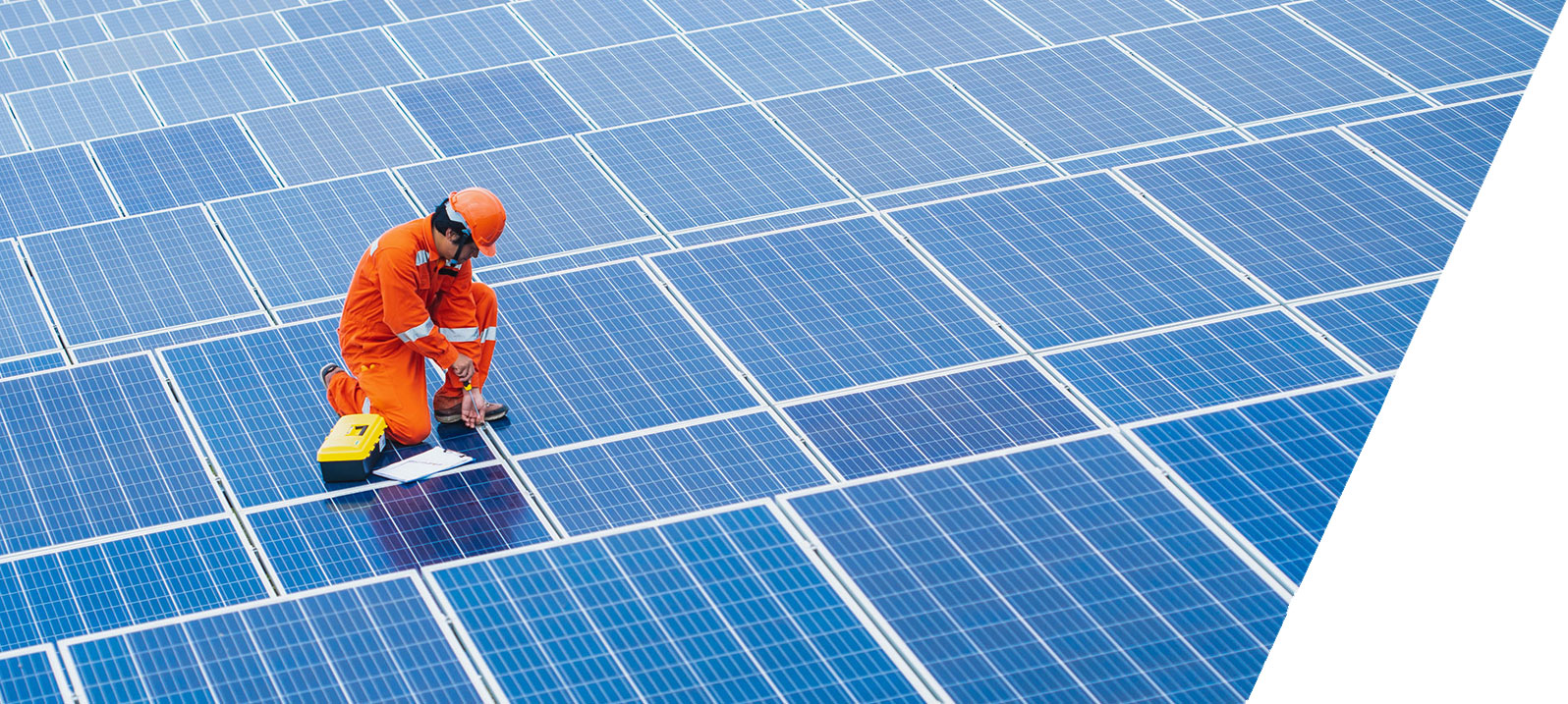
Storage
The project will benefit from a 22.5GWh/5GW battery facility, which will provide confidence that the power generated can be stored and delivered to Britain at the times when it is most needed. This will primarily be provided by Lithium-ion batteries like those used in electric cars, home battery systems and utility scale storage projects throughout the world.
These batteries will also allow Xlinks to install more solar PV systems and wind generation, which will maximise the use of the sub-sea transmission system. Delivering an average of 19+ hours a day at full power reduces the cost of sending per unit of electricity delivered to Britain. It also provides National Grid with the confidence that the project will be powering Britain even at times of low wind and low solar output across Northern Europe.

HVDC System
To allow for electricity transfer, Xlinks is also installing a transmission system from the generation site in Morocco to Britain, most of it across the ocean.
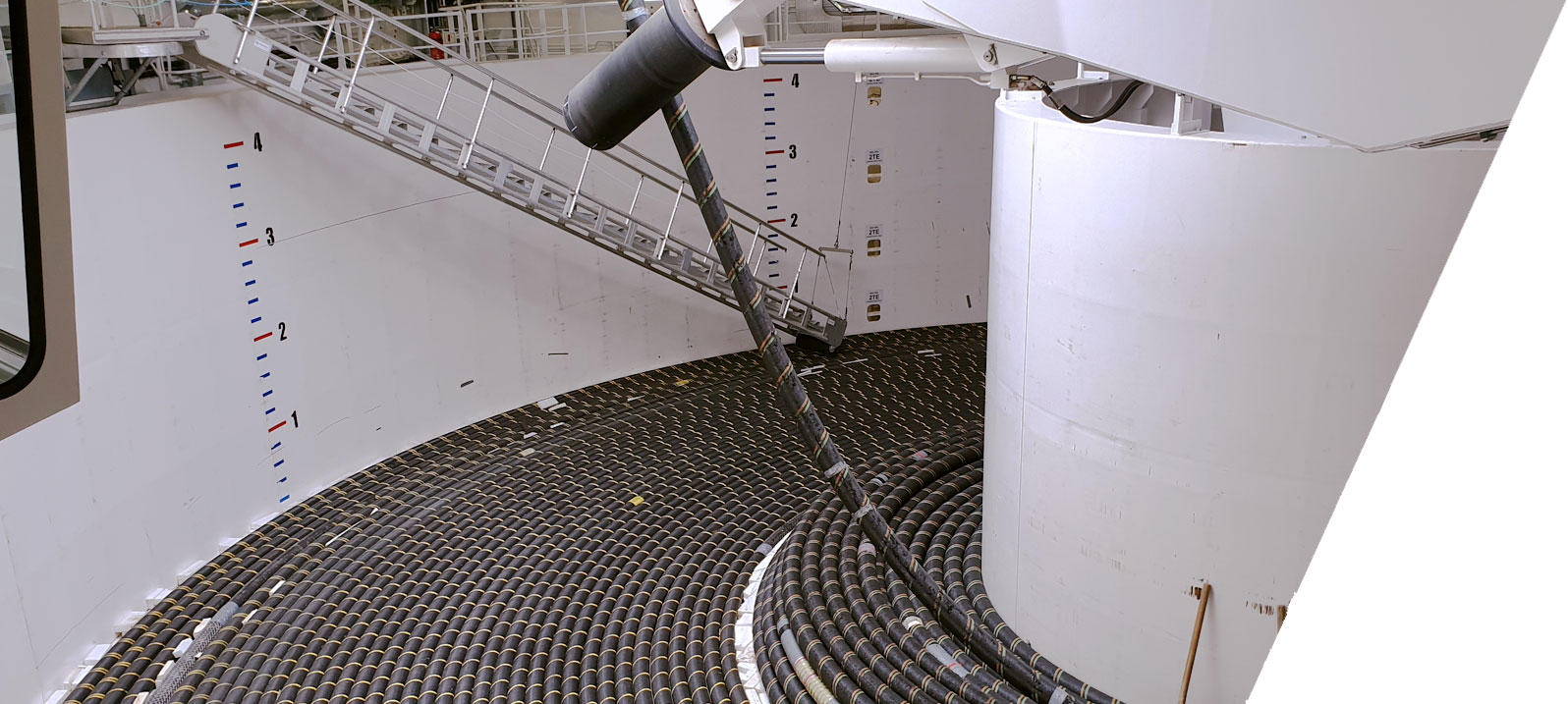
The transmission system will use High Voltage Direct Current (HVDC) cables to send the power from Morocco to Britain. HVDC technology is now well tried and tested as reliable and more cost competitive for a large volume of electron transfer across longer distances, than the High Voltage Alternating Current (HVAC) technology typically used for transmission systems within countries.
Converter stations will be used to change the HVAC power at the generation site in Morocco to HVDC, which is then sent through the sub-sea cable with very low losses before another converter station in Britain changes the HVDC power back to HVAC, ready to be injected into the British transmission network. The HVDC technology is the same proven technology used for connecting Britain and other European countries, or the technology proposed for the interconnector between Morocco and Portugal.